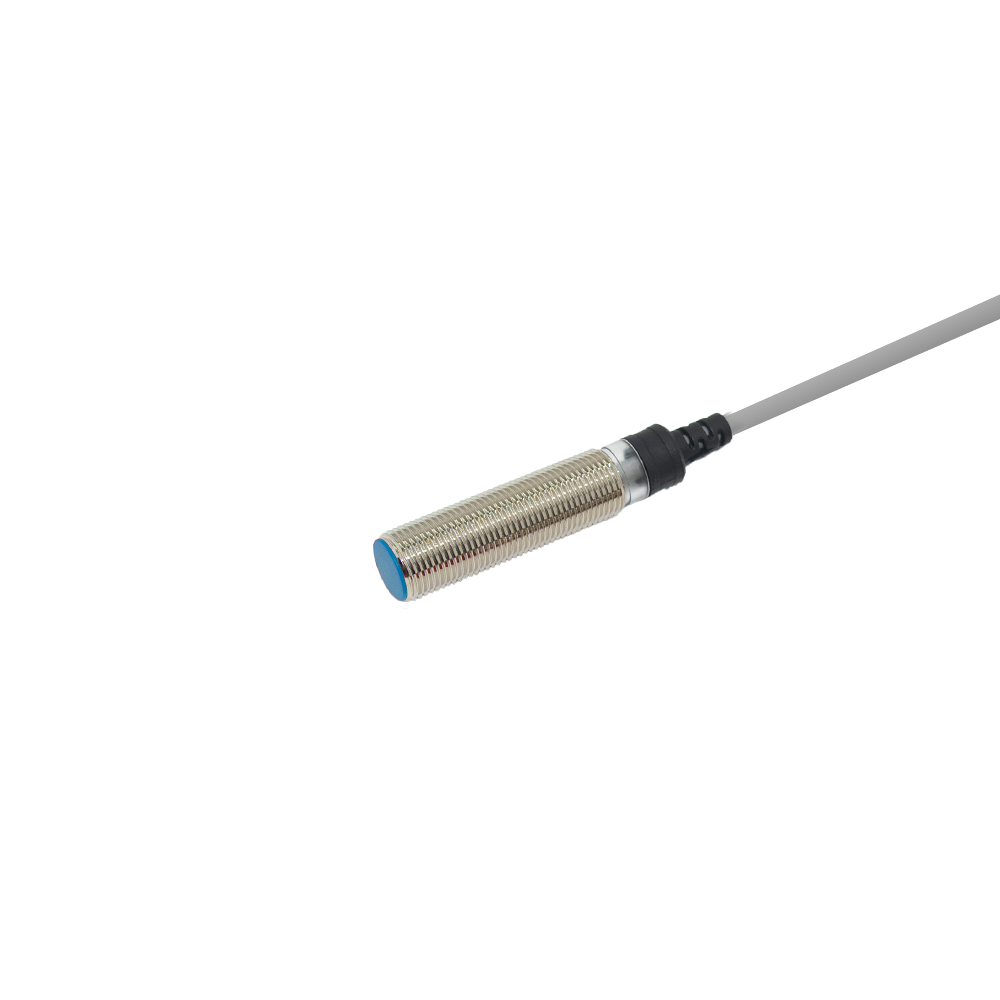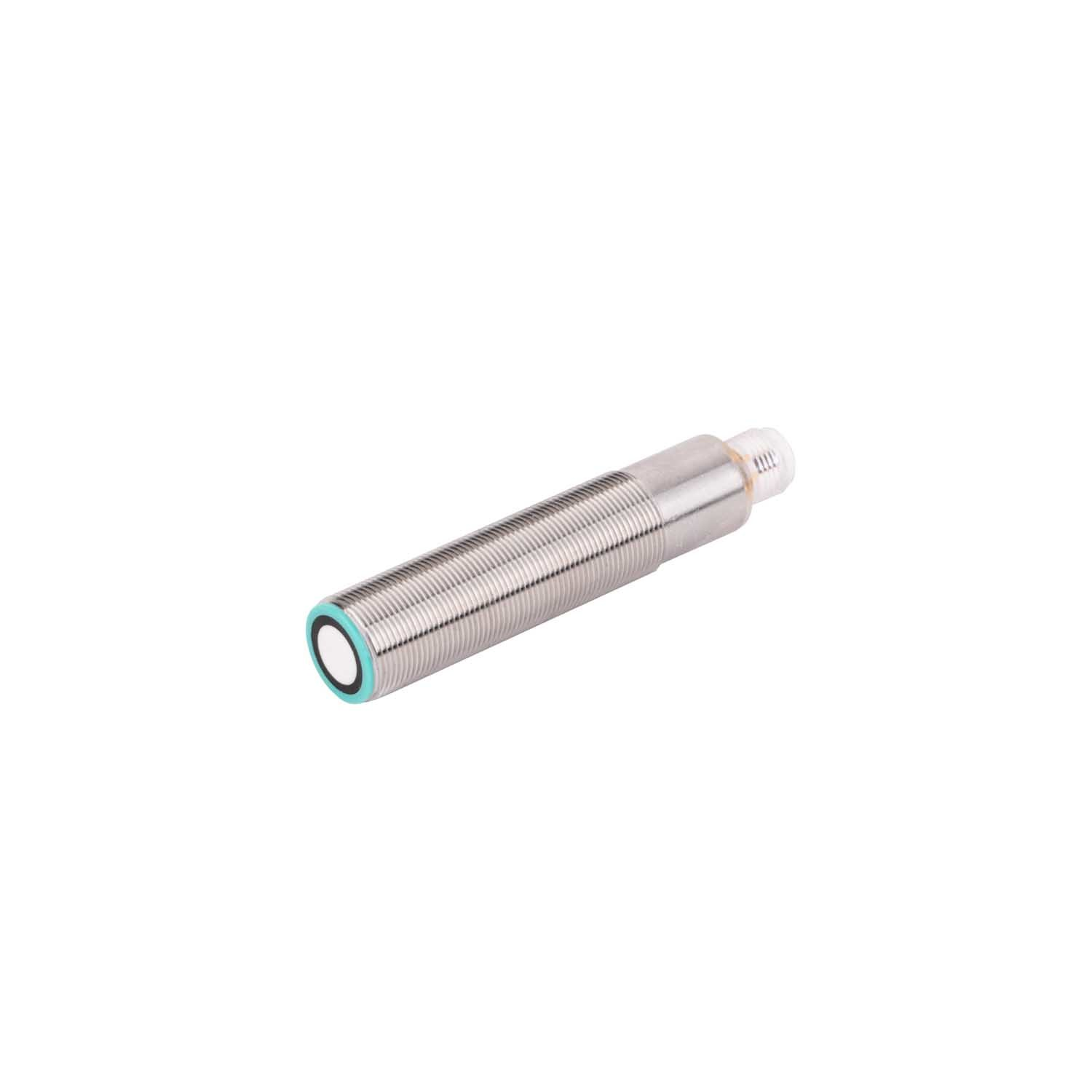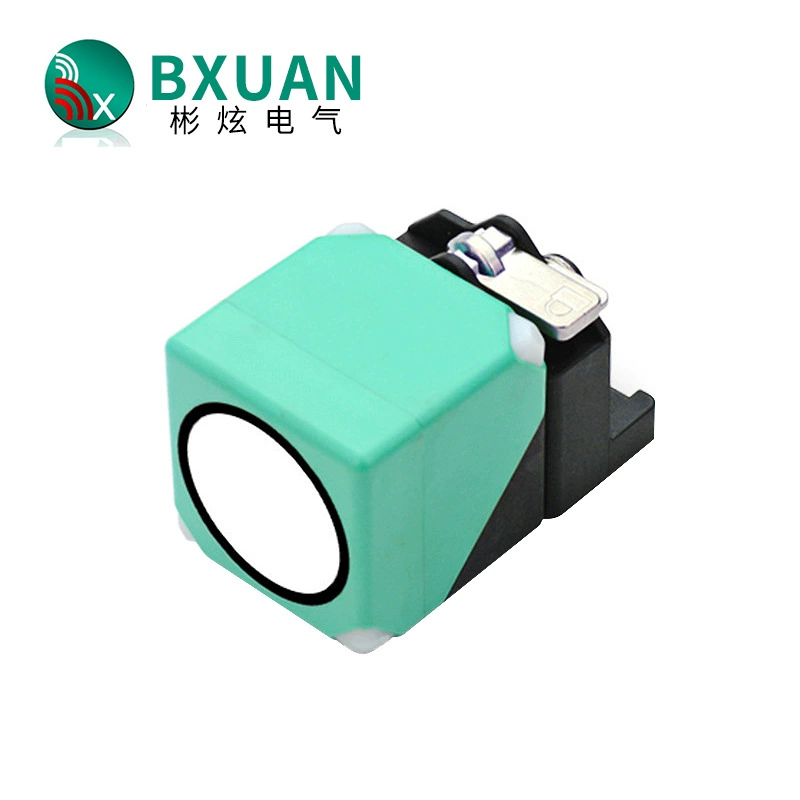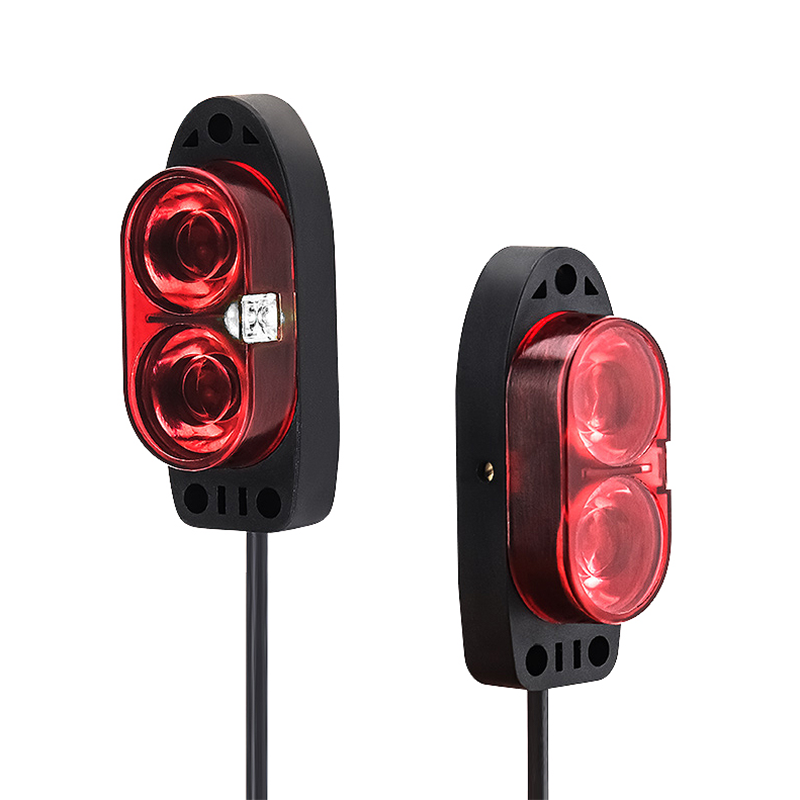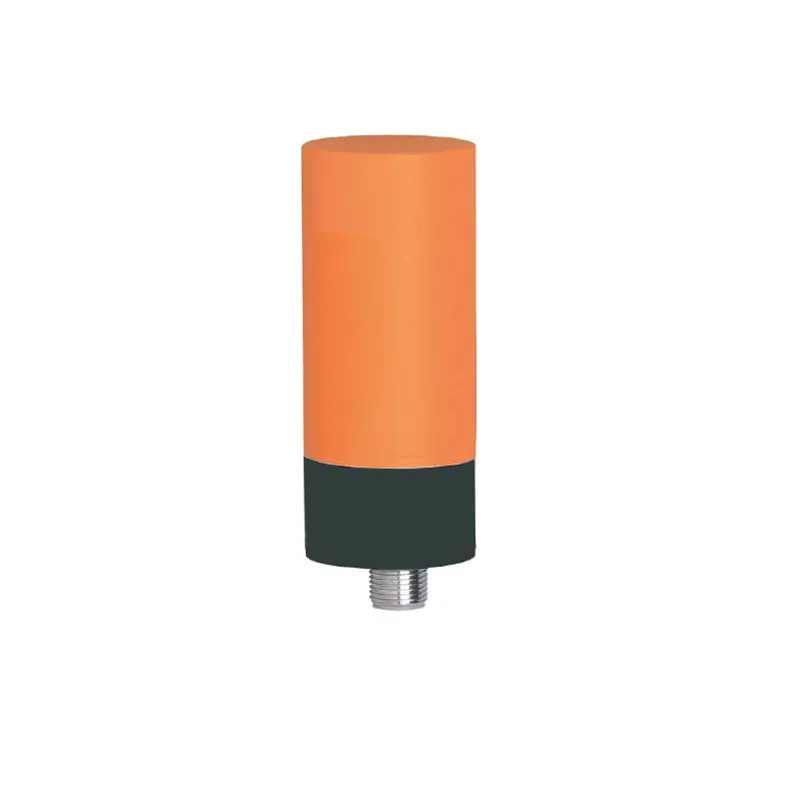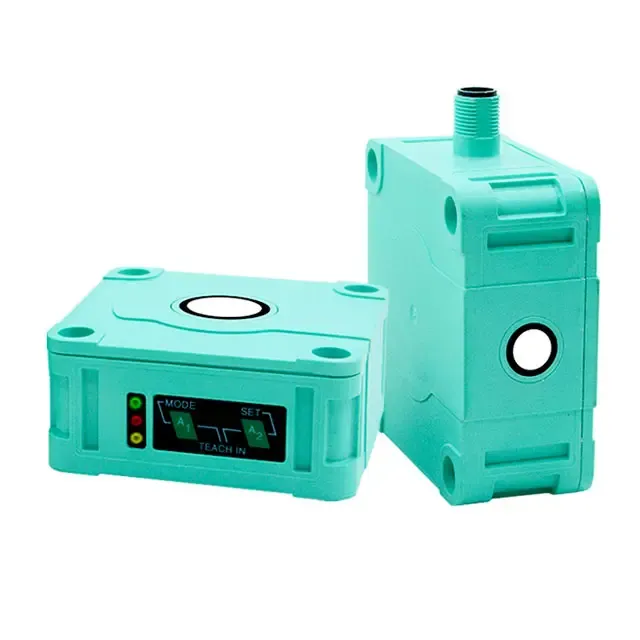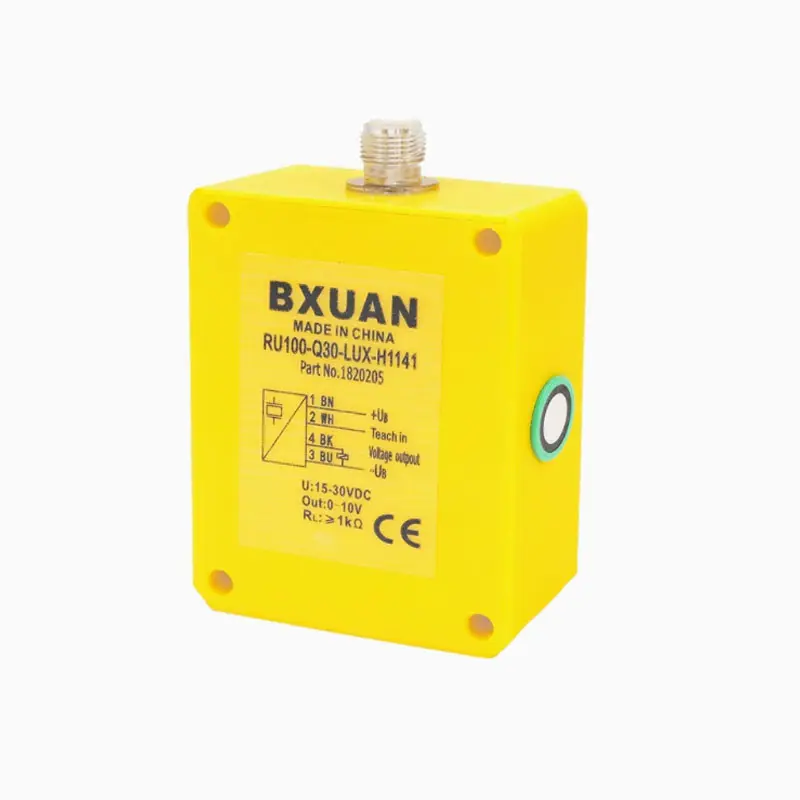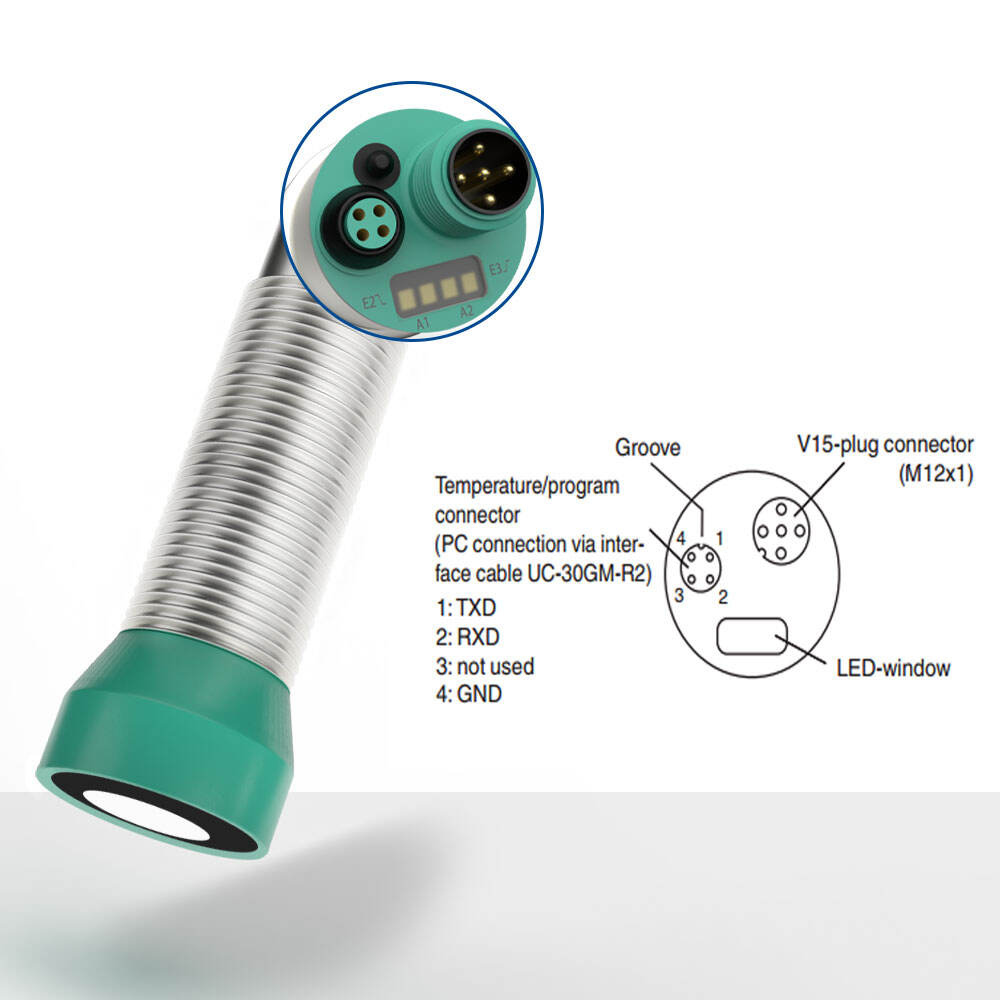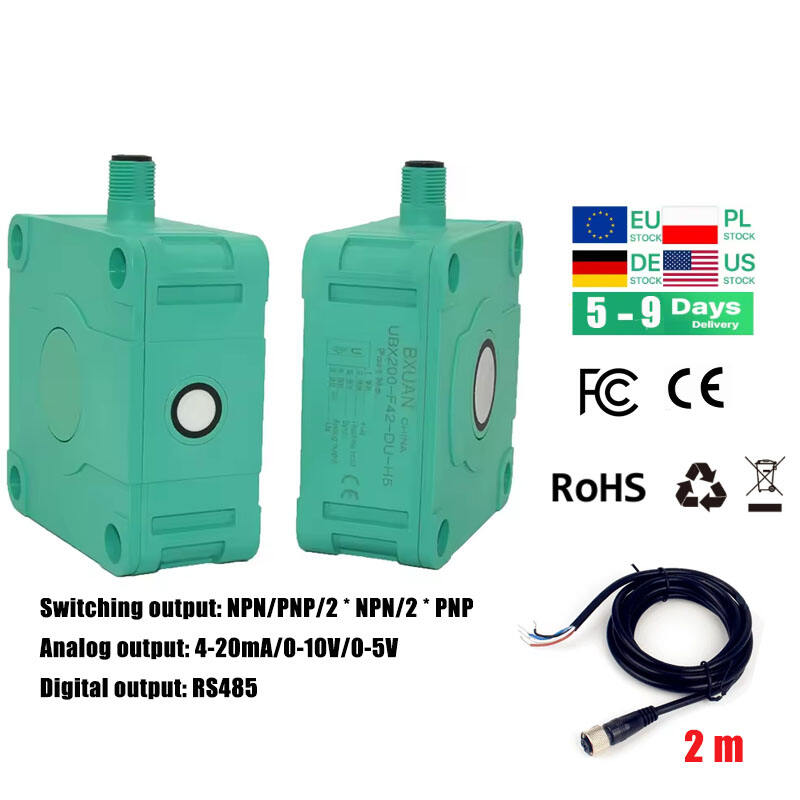ultrasonic bin level sensor
The ultrasonic bin level sensor represents a cutting-edge solution for accurate and reliable waste management monitoring. This sophisticated device employs ultrasonic technology to measure the fill levels of waste containers by emitting high-frequency sound waves and analyzing their reflection time. Operating on the principle of sound wave propagation, the sensor transmits ultrasonic pulses that bounce off the contents within the bin and return to the sensor. The time taken for this round trip is precisely calculated to determine the exact fill level. The sensor's advanced processing unit converts these measurements into actionable data, providing real-time information about container capacity. Designed for durability and reliability, these sensors feature robust housing that protects against environmental factors such as dust, moisture, and temperature variations. The technology incorporates temperature compensation mechanisms to ensure accuracy across different weather conditions. Most models offer various communication protocols, including wireless connectivity options that enable seamless integration with existing waste management systems. The sensors can be easily installed on virtually any type of waste container, from small municipal bins to large industrial containers, making them versatile tools for diverse applications. They typically operate on low power consumption, with many models featuring long-lasting battery life and power-saving modes. The data collected by these sensors can be accessed through user-friendly interfaces, allowing facility managers and waste collection services to optimize their operations effectively.

